Posted by Anna on 27th Jan 2023
Macgregor Tartan: One Of The Oldest Clans In Scotland
Scottish Highland clan Clan Gregor, sometimes referred to as Clan MacGregor, dates their beginnings to the early ninth century. In the early 17th century, Clan MacGregor is also reputed to have been among the first families in Scotland to start playing the bagpipes. Continue reading to learn about Macgregor Tartan Clan.
What is the origin of the name MacGregor?
Griogar is a Gaelicized version of the name Gregory, while MacGregor is an Anglicized variant of the Scottish Gaelic MacGriogair, which means "son of Griogair." Thus, MacGregor means "son of Gregor," which explains why the clan name is occasionally spelled "Gregor." The name Gregory likely originated in the British Isles thanks to Gregory the Great, a pope from the sixth century who was in charge of dispatching the mission to the Anglo-Saxons, which finally resulted in their conversion to Christianity.
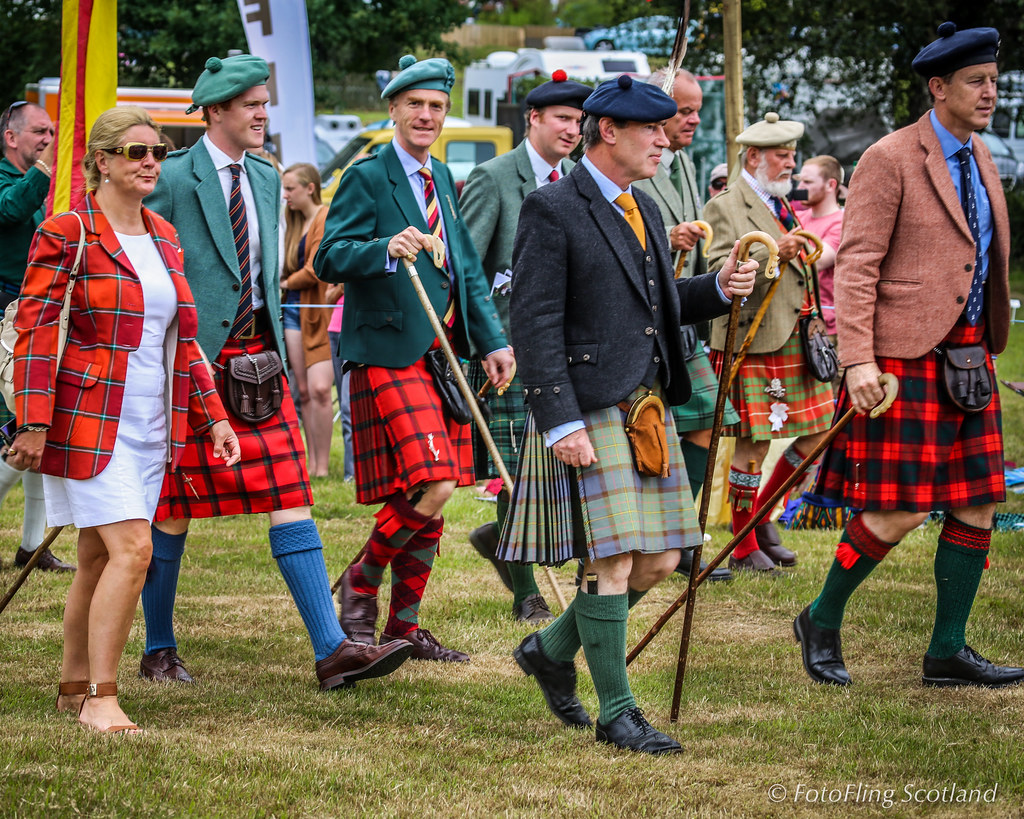
MacGregor tartan clan
The clan's name and exact origins are unknown. Some people think that Grigor, the son (or brother) of Kenneth MacAlpin, the first King of the Scots in the middle of the ninth century, is where the names MacGregor and Gregor come from. "Royal is my race" is the clan's motto, which is explained by this association. Contrary to popular belief, the Clan is not related to the old Celtic royal dynasty through the hereditary abbots of Glendochart, according to some historians.
Another option is that the Gregor who gave the clan its name was Griogair, son of Dungal, a co-ruler of Alba, the kingdom to the north of Central Scotland, in the ninth century. What may be agreed upon is that the first acknowledged clan head was Gregor of the Golden Bridles in the fourteenth century, who was succeeded by his son Ian Cam One Eye in 1390.
Learn about the MacGregor Tartans in Scotland
If you want to declare your devotion to Clan MacGregor today, you have a variety of tartans to pick from. MacGregor Rob Roy (Red & Black) and the MacGregor Red & Green are two noteworthy examples (today with variations of MacGregor Ancient, Modern, and Weathered).
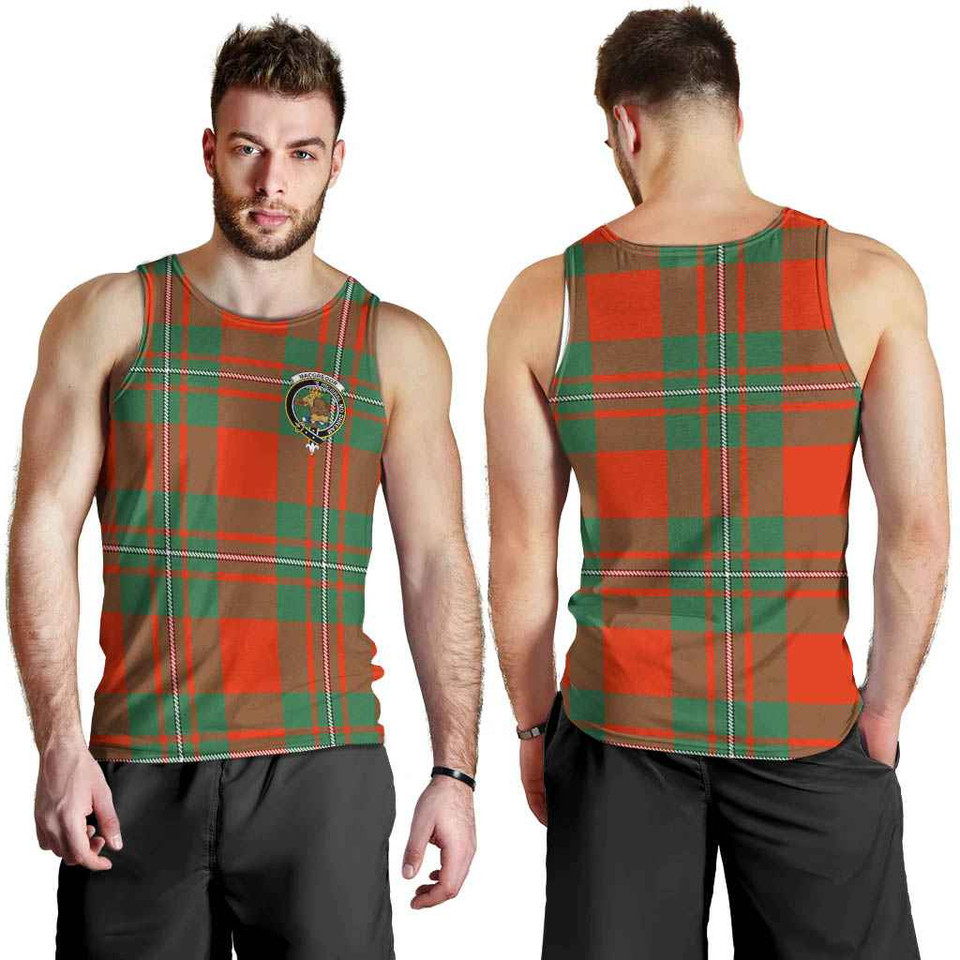
MacGregor tartan. Buy products here.
The McGregor Rob Roy Tartan's origins trace back to the late 17th century, and before tartans started to be strongly associated with clan names around 1790, its straightforward pattern made it well-liked by members of a variety of families. Even Bonnie Prince Charlie is depicted wearing the tartan, indicating a close connection to the Jacobite cause. Gregor Glun Dhu, the 7th Chieftain of Glengyle and Rob Roy's own nephew, wore this tartan while leading the MacGregor Regiment during the 1745 insurrection. Although frequently linked to the MacGregor chiefs, this tartan is universal and can be worn by anyone.
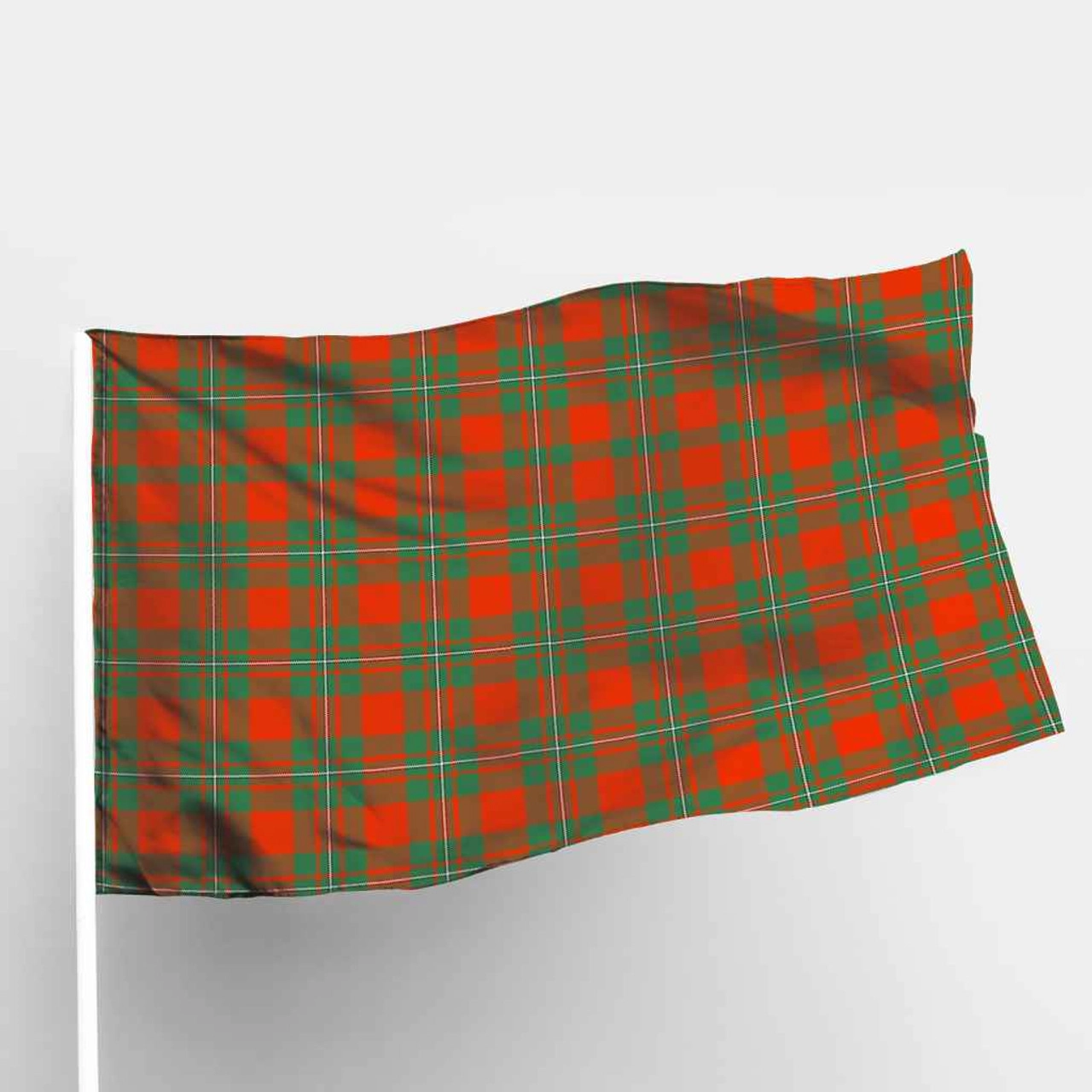
MacGregor Ancient Clan Tartan. Buy products here.
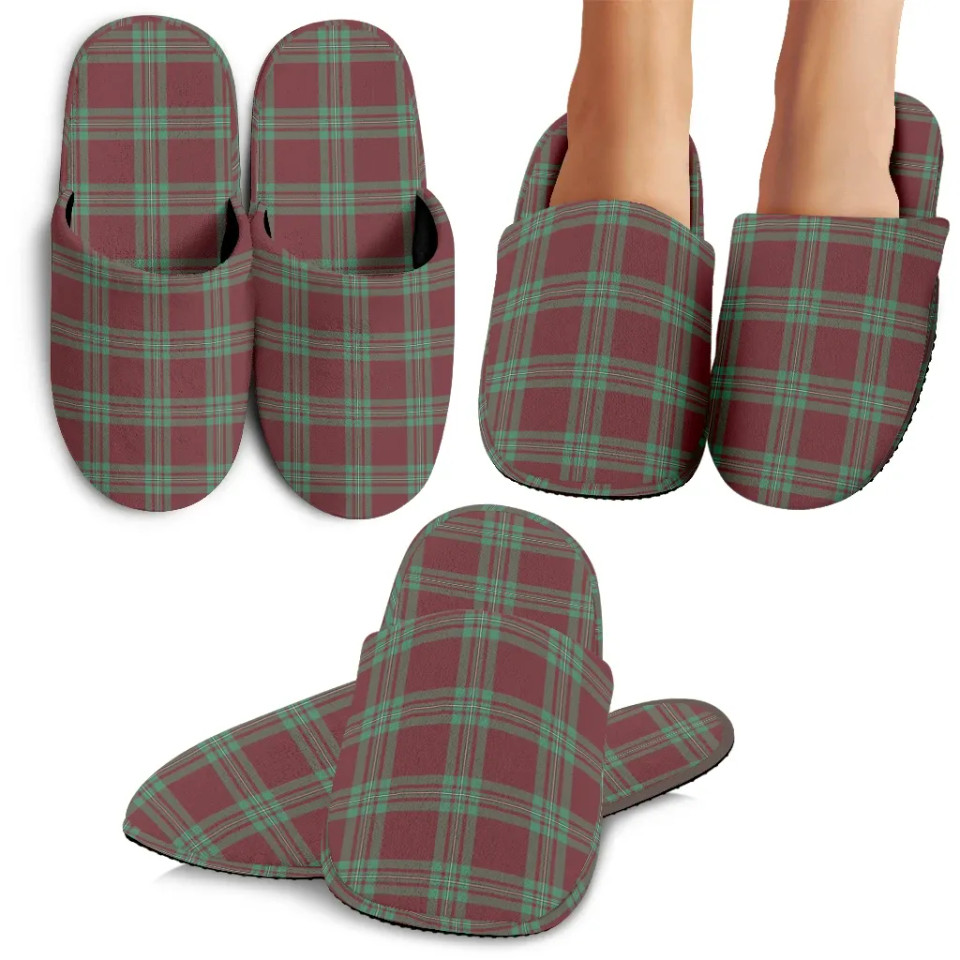
MacGregor Hunting Ancient Clan Tartan. Buy products here.
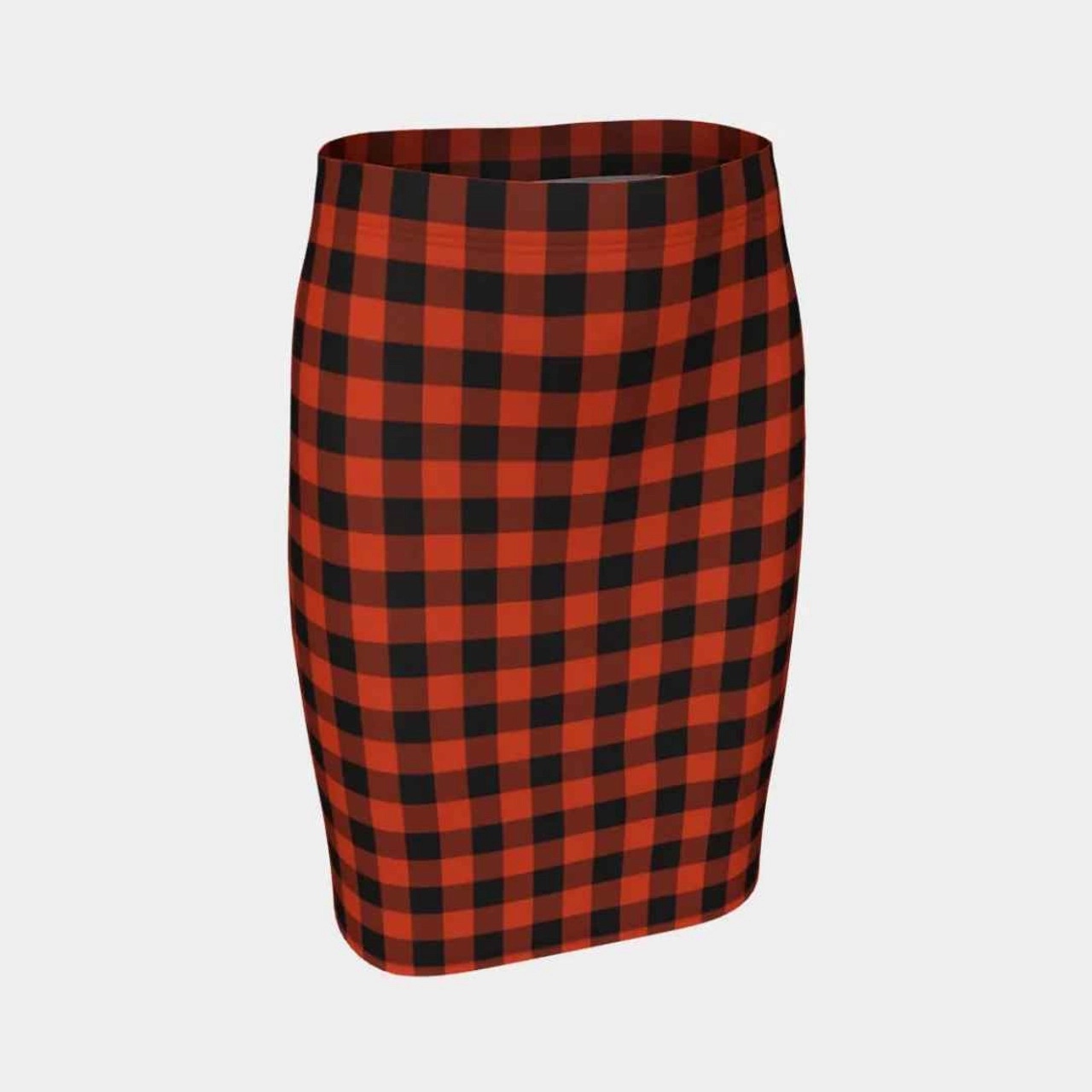
Rob Roy MacGregor Ancient Clan Tartan. Buy products here.
In about 1810 saw, the Highland Society of London registered MacGregor Red & Green for a dress or court wear. During King George IV's visit to Edinburgh in 1822, it gained popularity among members of the MacGregor clan, and Sir Evan MacGregor, the clan's chief, was three times painted in this tartan. This tartan, unlike the Red & Black, has no associations with Jacobitism and is currently one of the most well-known MacGregor tartans in the world.
Plant Badge of the clan
The Scots Pine is the plant emblem of the clan. Its short blue-green leaves and orange-red bark help identify it as the Scotch Pine, as it is called in the United States. The tree is only found naturally in Scotland today; it was formerly a part of the ancient Caledonian Forest and would have been a well-known feature of the surroundings where the earlier MacGregors roamed.
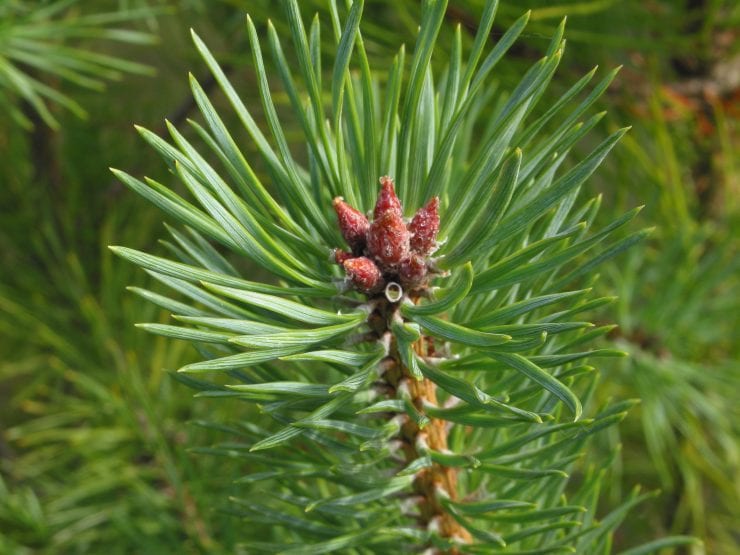
Scots Pine
The Highlands is where the tree may be found. In the 175 years that followed the Battle of Glen Fruin, a period in which it was against the law to use the MacGregor name, wearing a plant badge came to be seen as a significant means for MacGregors to demonstrate their commitment to the Clan.
Castle Menzies
Perhaps the last place you would guess to look for information on the history of the clan is the Menzies family seat. The Clan Gregor Museum, however, is located in Castle Menzies, close to Aberfeldy. It is open to anybody who wants to learn more about the tales of tenacious survival and perseverance that form the foundation of the Clan's tradition.
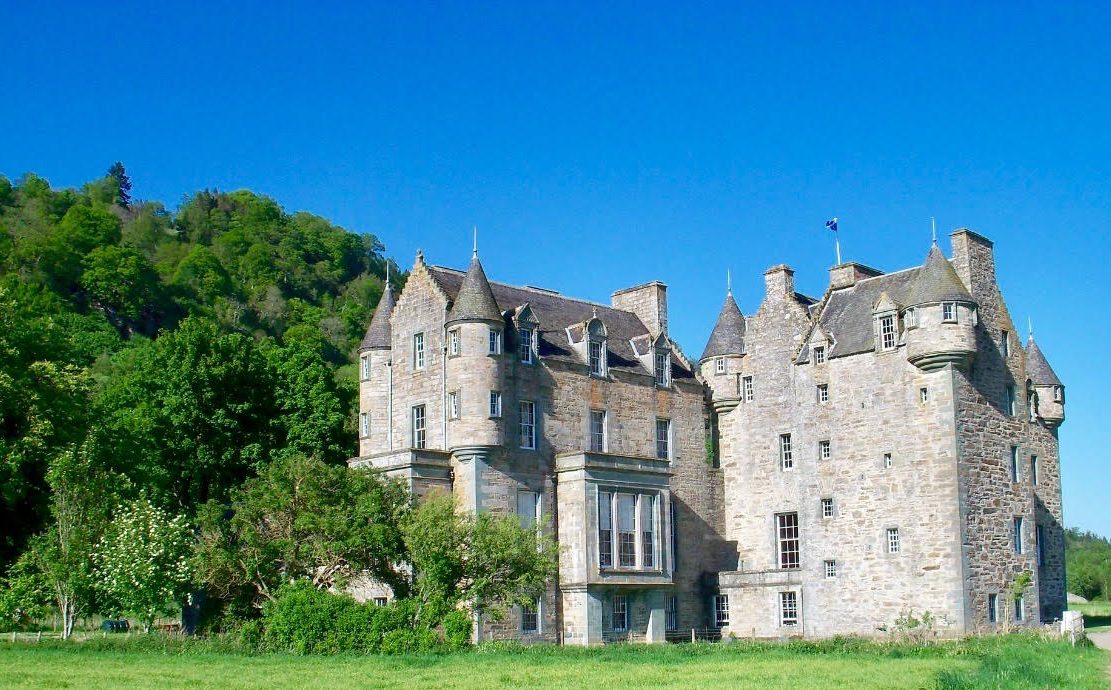
Castle Menzies
The MacGregor tartan family is thought to have been one of the first in Scotland to start playing the bagpipes in the early 17th century.
The MacGregors are frequently referred to as the "Children of the Mist," a reference to their status as legendary outlaws who experienced state repression and upheaval. In his 1829 book "The Legend of Montrose," author Sir Walter Scott did, in fact, coin the phrase.
The Clan Crest
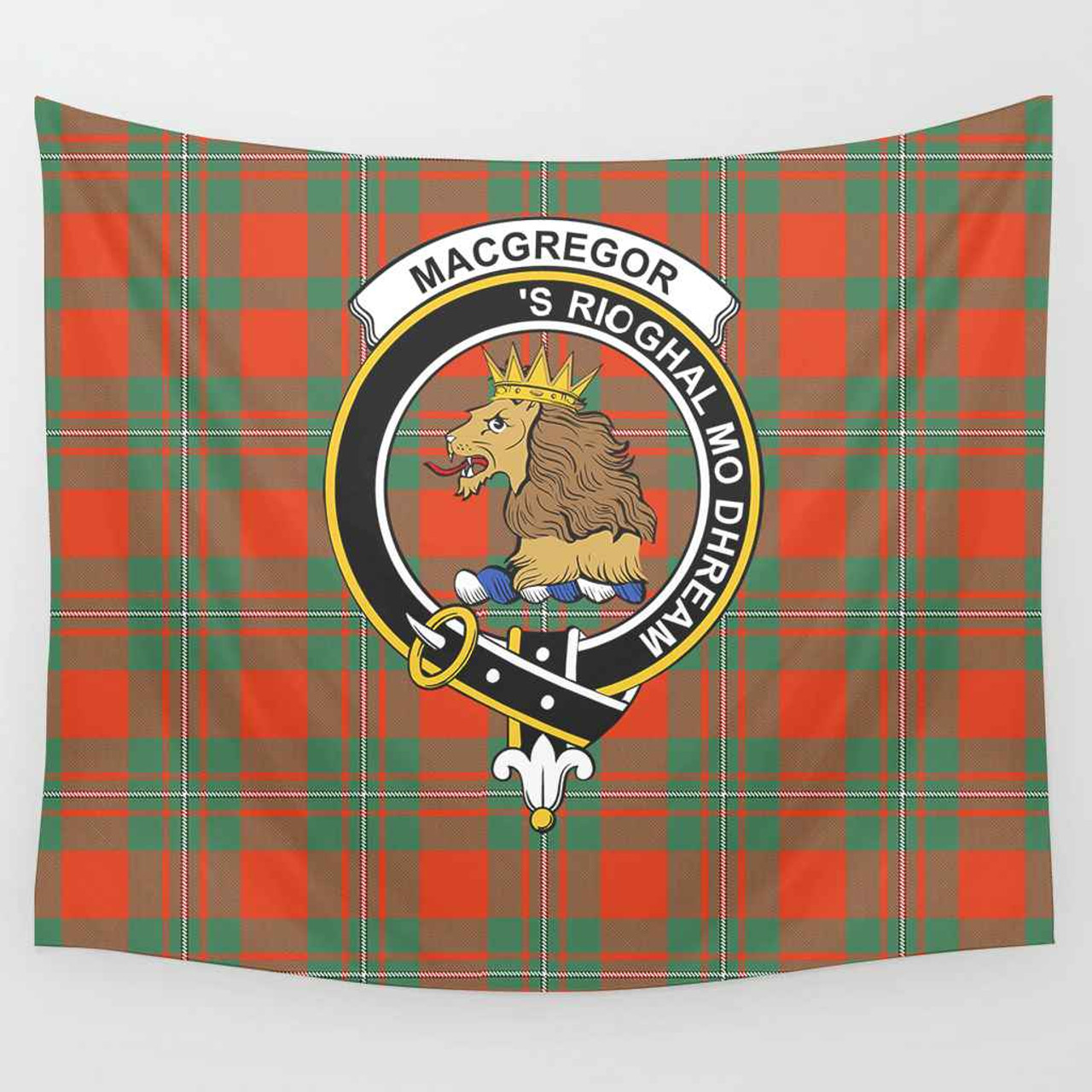
MacGregor Clan Crest. Buy products here.
Erased lion's head proper, topped with an old crown or.
Famous people of the clan
Scottish actor Ewan Mcgregor is well-recognized for his appearances in "Trainspotting" and "Star Wars." Although he is most known for being a very great actor, he is also quite engaged in charity work and has supported UNICEF UK since 2004.

Ewan Mcgregor
His daughter Clara McGregor, who is a prominent actress, screenwriter, and model, continues the talent for both her family and the MacGregor tartan clan.
Castles of the MacGregor tartan family
After being purchased by John Murray MacGregor, the 18th Chief of the clan, in 1776, Lanrick Castle served as the formal clan house of the MacGregors for more than a century, housing both the Murray and MacGregor families.
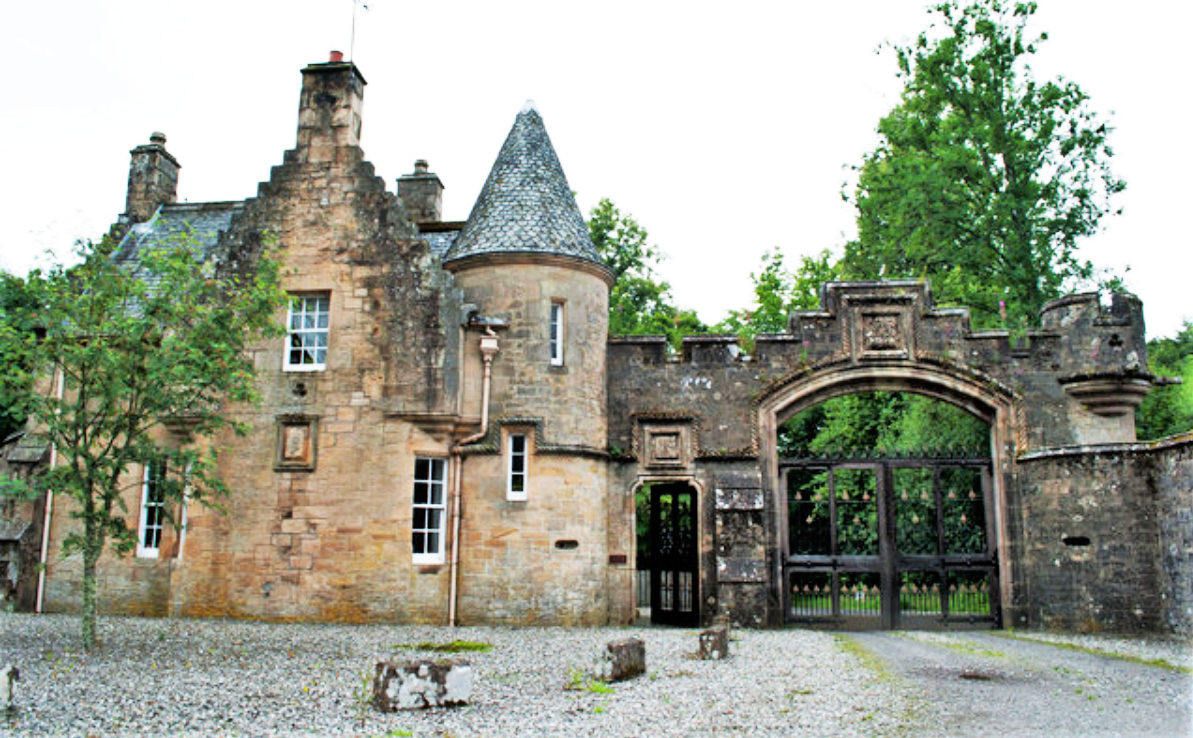
Lanrick Castle
The castle suffered severe damage from a fire in 1994, losing its roof, but sadly, the whole of the building was destroyed in 2002. The owner was fined heavily, and Stirling council came under fire for failing to adequately safeguard the ancient castle.
Even though the building is gone, the gardens and MacGregor Monument on the property serve as a reminder of the MacGregor family's past. The monument is shaped like a tree trunk made of stone, and it is crowned with a rotunda of Roman Doric columns.
The land of the clan
Glen Orchy was one of the domains that the clan previously owned, along with places like Glenlochy and Glenstrae. One of the largest parcels of property controlled by the clan was Glen Orchy. But in 1603, King James VI forbade Clan MacGregor from residing in these regions.
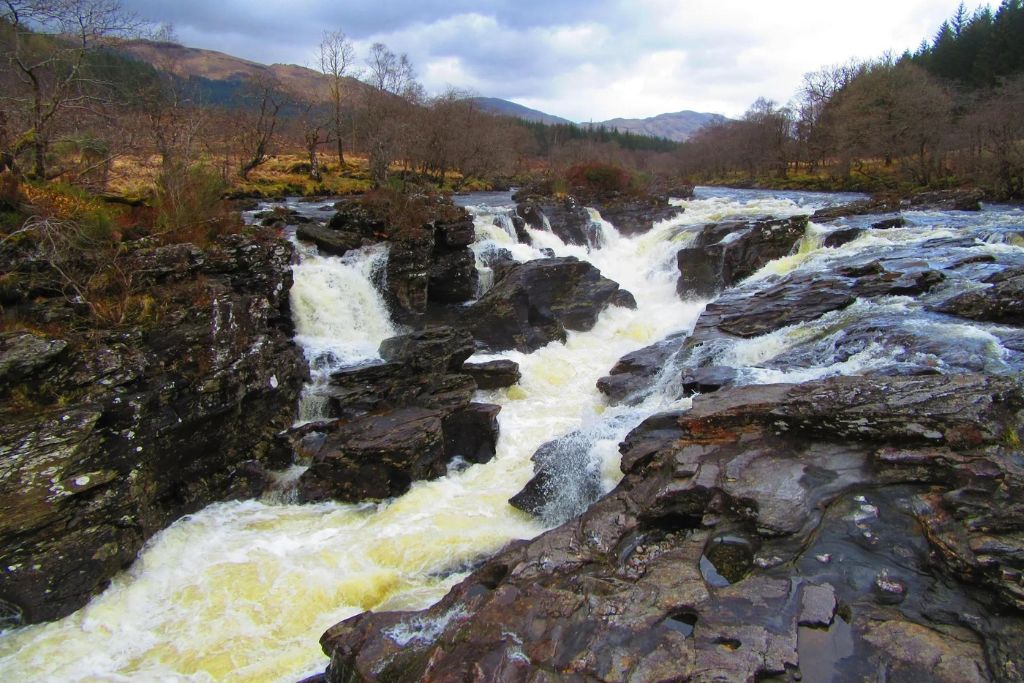
Glen Orchy
Glen Orchy is still connected to the clan because it is situated within the Clan's territory of Argyll, even though Irvine House is the actual historic seat of the Clan.
We have all these items for sale. If you are interested in MacGregor Tartan, please visit our online store here.
In particular, we have a 15% discount code exclusively for the readers reading this article! Please insert code: VBLOG15 for your cart. Happy shopping!

